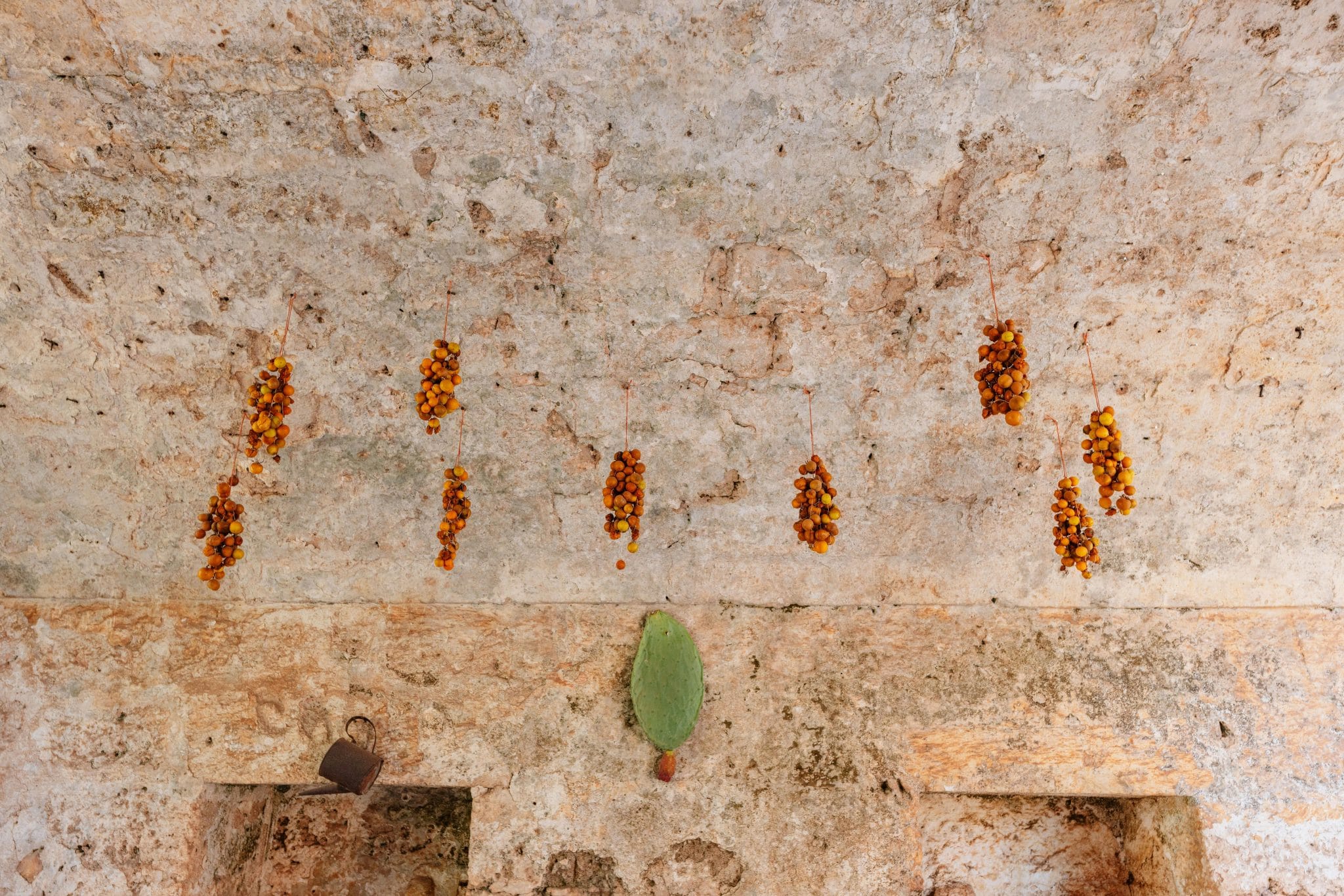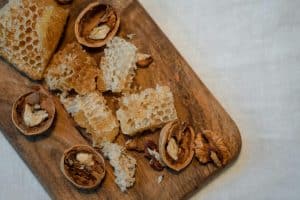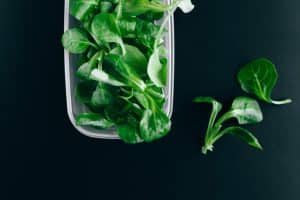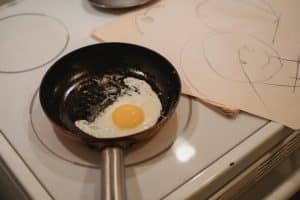Food Preservation History: How Humans Kept Food Safe Before Refrigeration
In today’s modern world, we often take for granted the ability to store and preserve our food using refrigeration. With the simple press of a button, we can keep our food safe and fresh for days, weeks, or even months. But have you ever considered how our ancestors managed to keep their food safe before the invention of the refrigerator? In this article, we will explore the history of food preservation and the innovative methods that were used to ensure that humans had access to safe and edible food.
The Beginning of Preservation
The need for food preservation dates back to the prehistoric era when humans were hunters and gatherers. They would often have to travel long distances to find food and could not consume everything they found in one sitting. As a result, they needed to find ways to preserve their excess food for future consumption.
Drying
The simplest method of food preservation was drying. Early humans would dry out fish, meat, and fruits under the sun or over a fire to make them last longer. The lack of water caused bacteria to die, making the food safe to eat. This method is still used today in many cultures, such as the drying of meat to make beef jerky or the drying of fruits to make raisins.
Salting and Curing
Another popular method of food preservation was salting and curing. This method involved rubbing salt on meat and then hanging it in a warm and dry place to dry out. The salt would remove moisture and create an environment that was hostile for bacteria, thus preserving the meat. Curing, on the other hand, involved using a mixture of salt, sugar, and spices to preserve meat and fish. The mixture would be rubbed onto the meat, and it would be left to dry and cure. This method is still used in the production of cured meats such as ham, bacon, and prosciutto.
Fermentation
Fermentation is a preservation method that has been used since ancient times. This process involves using microorganisms such as bacteria or yeast to break down sugars in food and produce acids, alcohol, or gases. The acidic environment created from fermentation prevents the growth of harmful bacteria and prolongs the shelf life of the food. Examples of fermented foods include beer, wine, cheese, and sauerkraut. This method of preservation not only made food safe to eat but also added flavor and nutrients to the food.
Pickling
Pickling is another ancient preservation method that is still widely used today. It involves soaking food in an acidic solution such as vinegar or lemon juice. The acid kills microorganisms and prevents the growth of bacteria, making the food safe to eat. This method was commonly used to preserve vegetables, fruits, and eggs before refrigeration.
Smoking
Before refrigeration, smoking was a popular method of preserving meat and fish. It involved hanging the meat over a fire and exposing it to smoke for an extended period. The smoke acted as a natural preservative and prevented the growth of bacteria on the meat. It also added a delicious smoky flavor to the food.
The Advent of Refrigeration
All these methods of food preservation served their purpose well but were time-consuming and required special skills and equipment. With the invention of the refrigerator in the early 1800s, food preservation became much easier, and the need for traditional preservation methods gradually decreased. Refrigeration allowed for the storage of perishable food without the need for additives or special techniques, ultimately revolutionizing the way we preserved and consumed food.
In conclusion, before refrigeration, humans had to rely on various preservation methods to keep their food safe and edible. These methods not only preserved food but also added unique flavors and nutritional benefits. Today, while we may take refrigeration for granted, it is essential to remember the innovative and resourceful methods that our ancestors used to keep their food safe and fresh.










